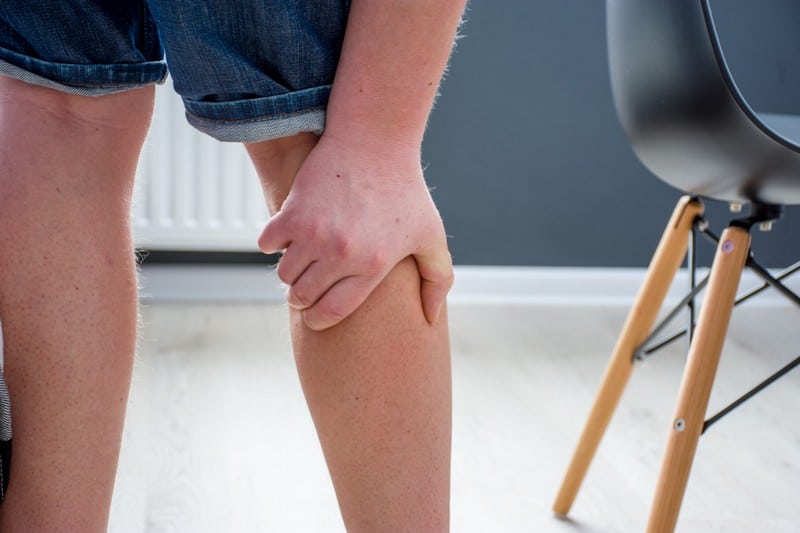Muscle spasms, also known as charley horse, occur when a muscle suddenly contracts by itself. This cramping can be experienced anywhere in the body, mostly occurring in the legs. If the muscles that are tightening don’t release for a few seconds or more, the pain could become very uncomfortable. It will result in a day or more of muscular discomfort after experiencing severe muscle spasms or cramps. It is normal as long as the discomfort doesn’t last too long or keeps happening.
A charley horse may generally be treated at home, especially if it doesn’t happen often. However, persistent muscle cramps frequently indicate underlying medical issues requiring care. Multiple muscle groups may be affected by these contractions, which are frequently unpleasant. The muscles in the lower leg’s back, the thigh’s rear, and the front are frequently impacted.
A charley horse can occur in any other muscle, such as the abdominal wall, arms, hands, and feet. The pain can wake the person at night or make walking challenging due to the severe discomfort it brings. In addition, a muscle may cramp or spasm due to a variety of reasons.
The most common causes include:
Inadequate Blood Flow to the Muscle

Muscles are collections of fibers that contract and extend to create movement. Regular stretching increases muscle fiber length, enabling stronger contractions and tightening during exercise. Muscle tiredness, which can change the activity of the spinal neural reflexes, is more likely to occur when the body is out of shape.
A muscle’s oxygen supply is reduced by overuse, which causes waste products to accumulate and spasm. The spinal cord instructs a muscle to continue contracting when a cramp starts.
While exercising, cramp-like pain in the legs and feet may be caused by the narrowing of the arteries that transits blood to the legs (arteriosclerosis of the extremities). Usually, these pains go away shortly after exercising.
Additionally, leg, foot, arm, and hand discomfort can be brought on by poor circulation. Ache or throbbing may occur in the hands and feet, especially when it begins to warm up and blood flow resumes. The arms and legs, particularly the calf muscles, might also hurt from poor blood circulation. A person may feel leg discomfort even worse due to prolonged standing or simply sitting.
Moreover, improper blood circulation prevents oxygen and nutrients from adequately reaching tissues. As a result, it causes stiffness and cramping.










